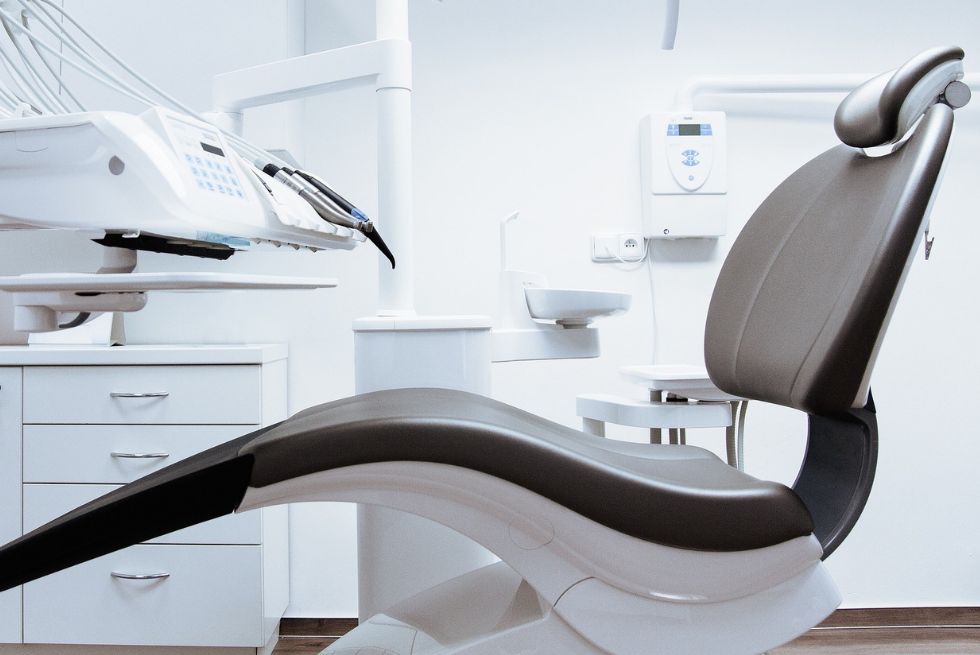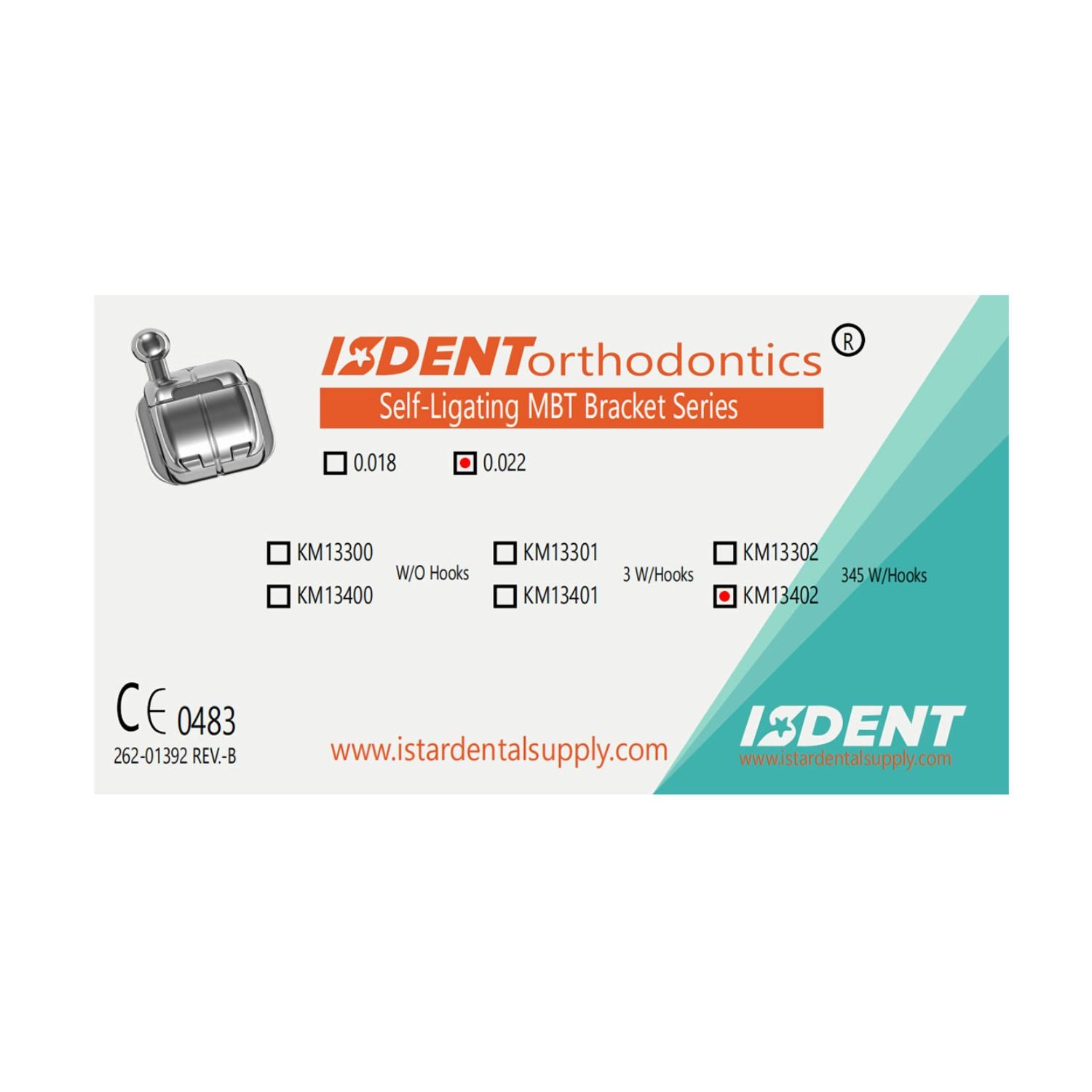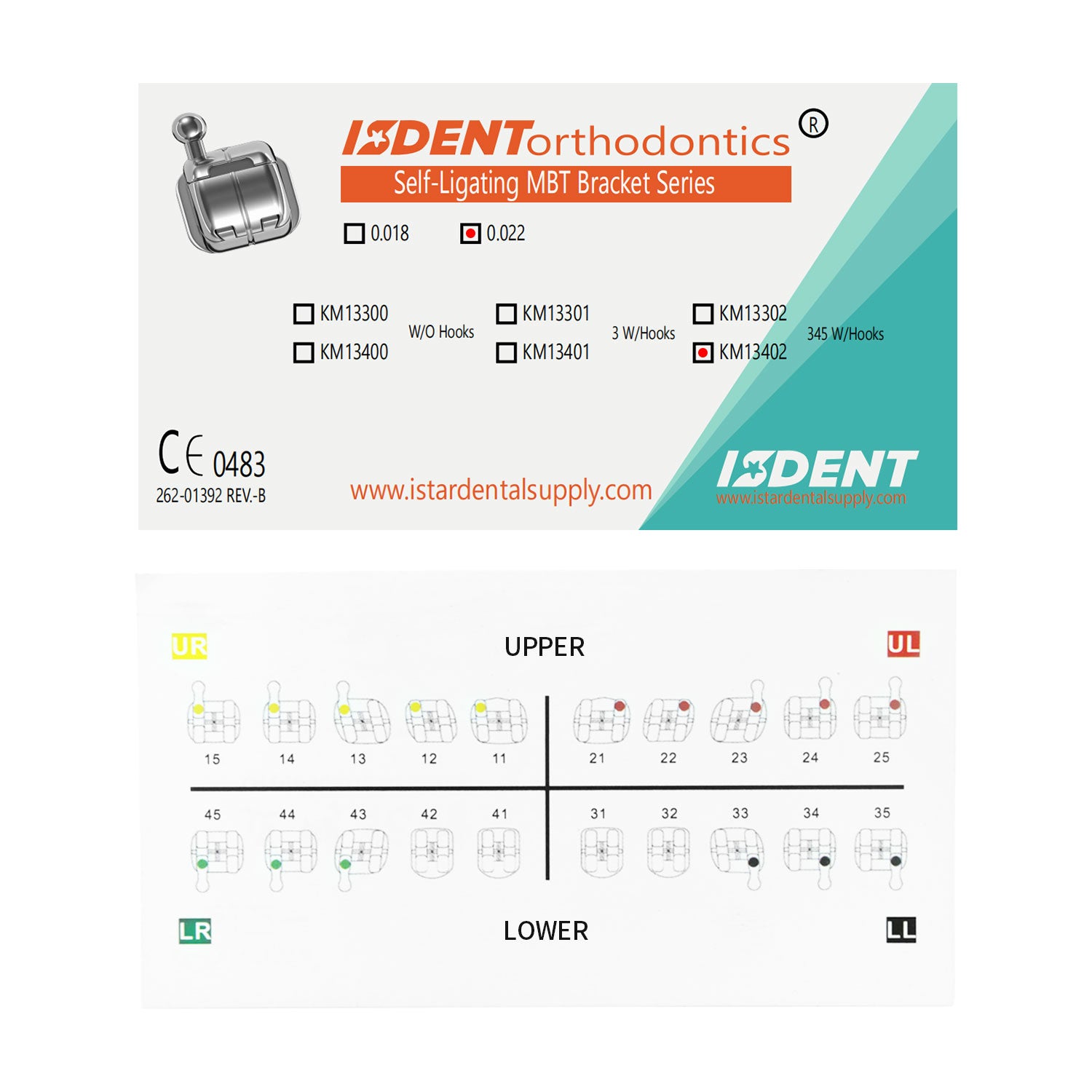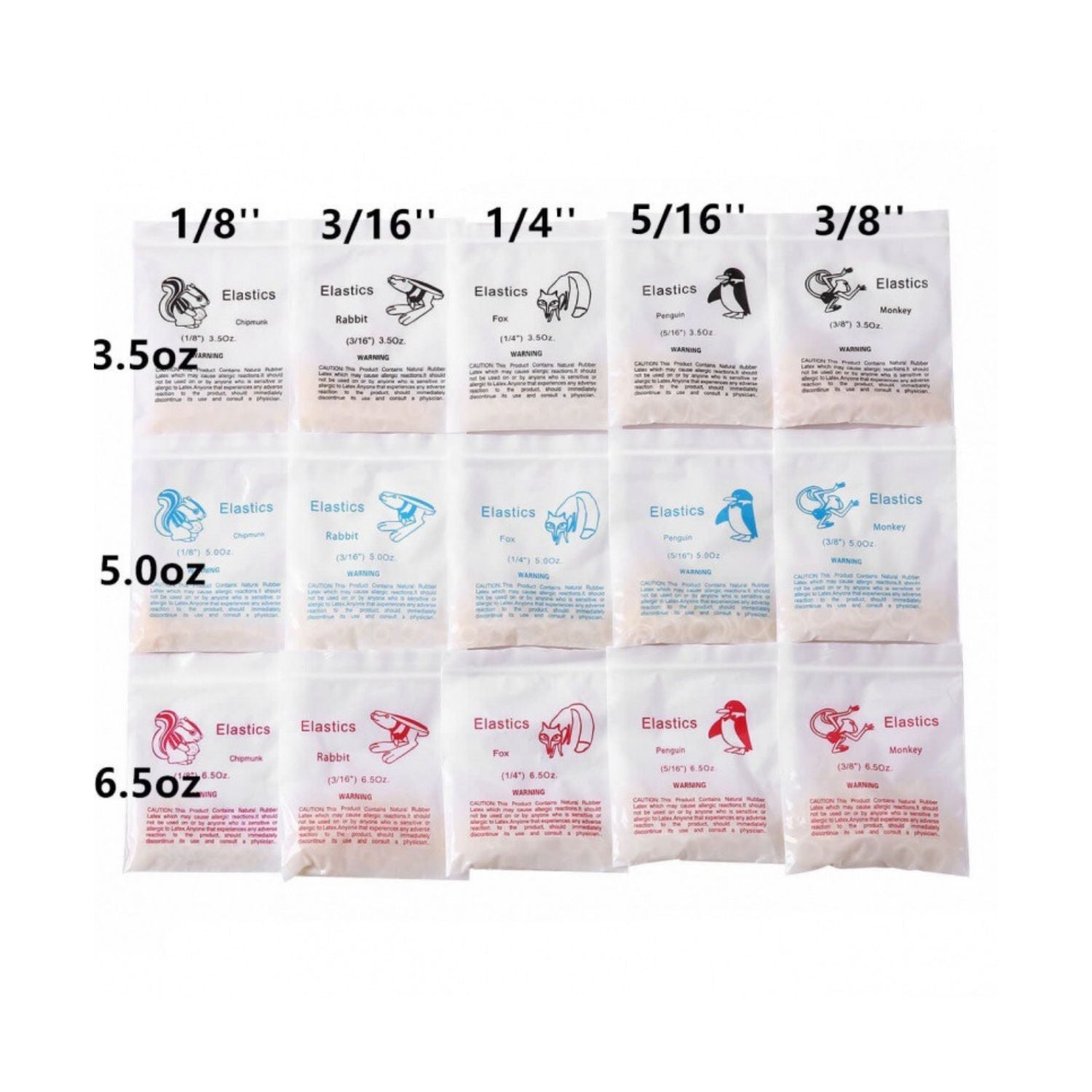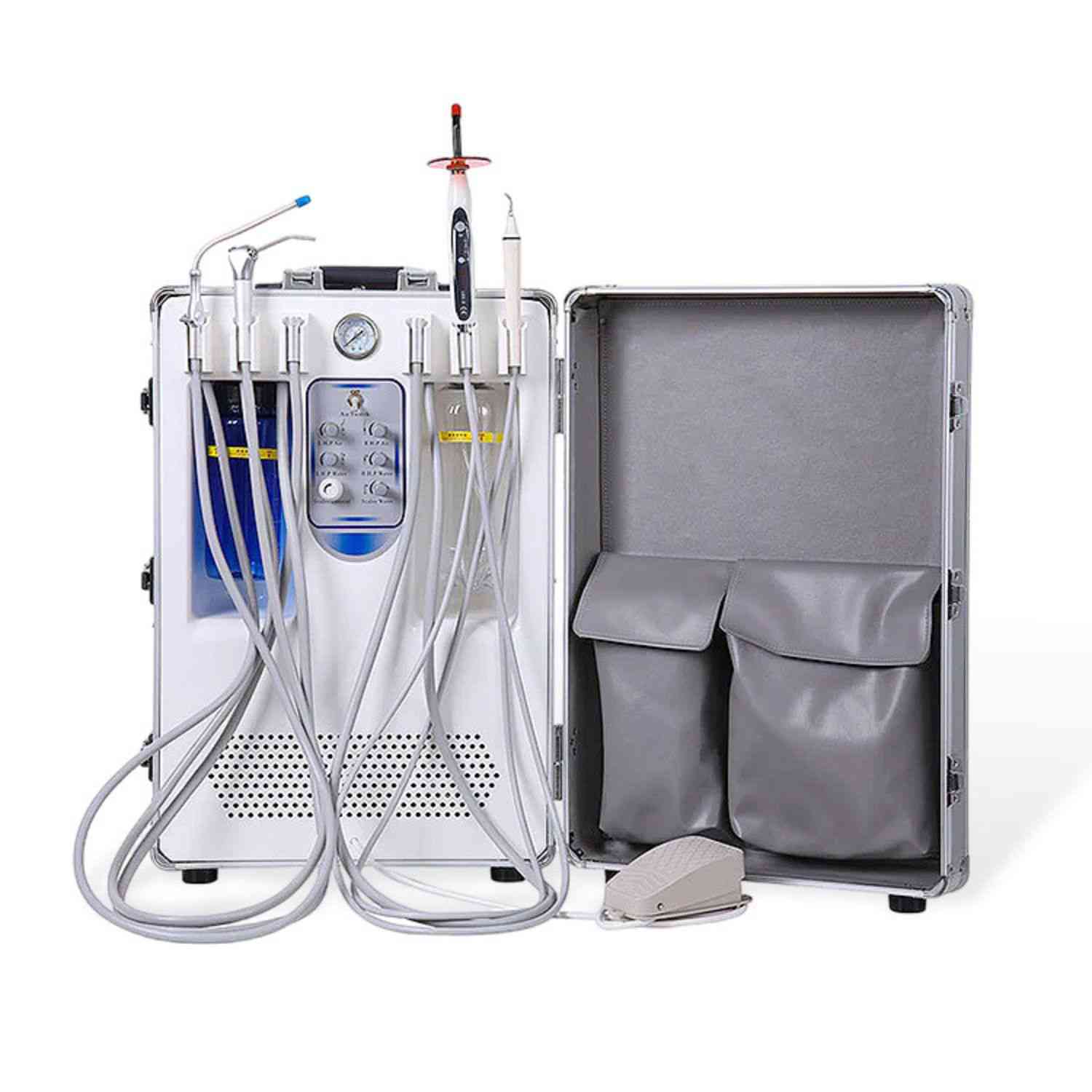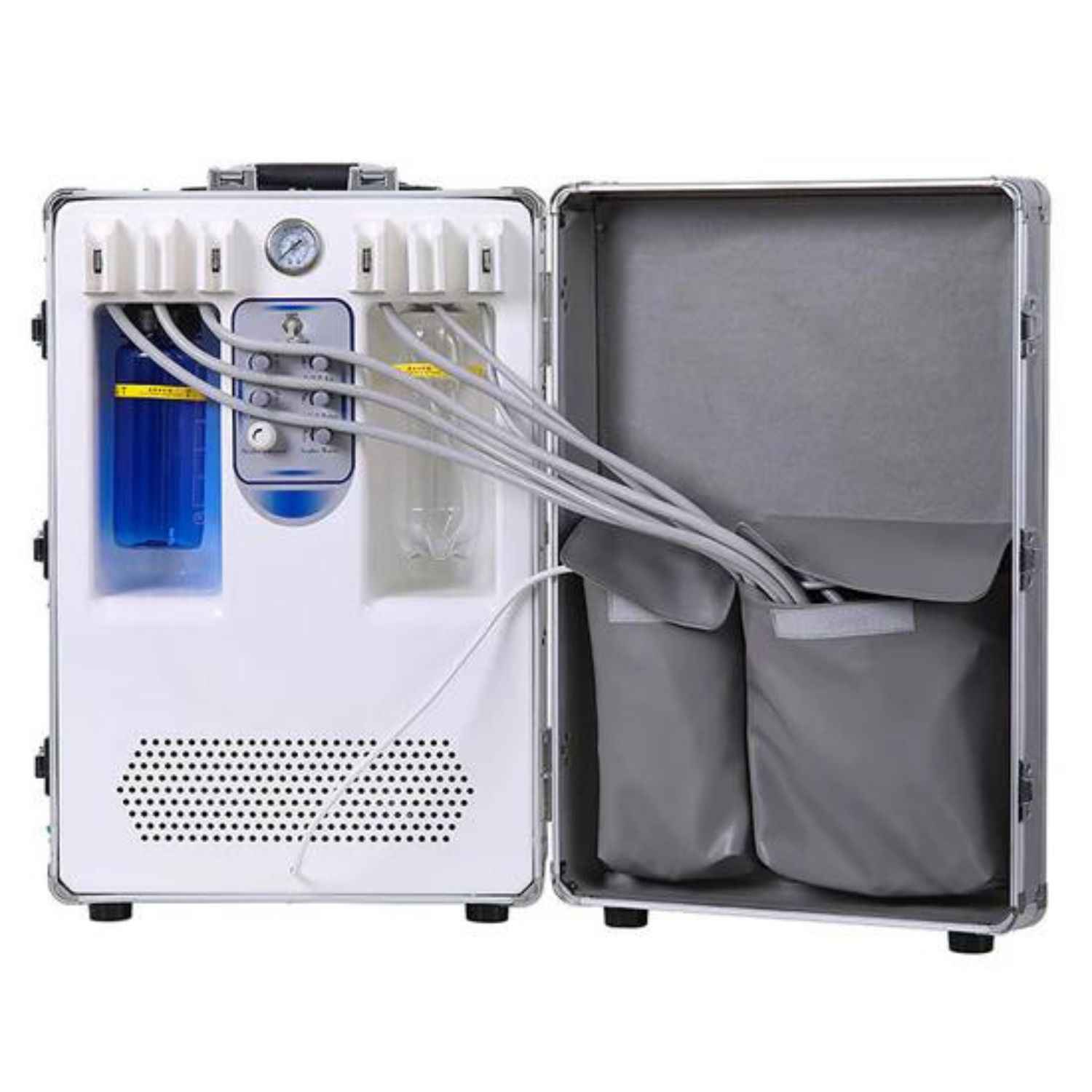Dental chairs are the centerpiece of any dental office, providing both comfort to patients and essential functionality for dental professionals.
A well-designed dental chair enhances the efficiency of dental procedures while ensuring the patient's comfort.
This article explores the various dental chair unit components and their functions, providing a comprehensive overview for dental professionals and those interested in dental equipment.

Dental Chair Light
The dental chair light is an essential component, providing illumination for dental procedures. It is designed to be adjustable, allowing the dentist to direct light precisely where needed.
The intensity of the light can often be adjusted to suit different procedures and to minimize discomfort for patients. Modern dental lights use LED technology, which offers brighter, more efficient lighting and reduces heat production compared to traditional halogen bulbs.
The positioning and quality of the dental light are crucial for visibility and accuracy during dental treatments.

Dental Chair Control Panel
The control panel is the command center of the dental chair. It allows the dentist to adjust various functions of the chair, such as the height, backrest angle, and positioning.
The dental chair control box often includes programmable settings, enabling the dentist to quickly adjust the chair to predetermined positions for different procedures.
This feature enhances efficiency and ensures that the chair can be adjusted smoothly without interrupting the flow of the dental procedure.
Additionally, the control panel may include controls for other integrated equipment, such as the chair light, waterline system, and spittoon.

Reclining Chair
The reclining feature of a dental chair is vital for patient comfort and access during dental procedures. The chair's backrest can be adjusted to various angles, allowing the dentist to position the patient optimally for different treatments.
A fully reclining chair helps the dentist maintain a comfortable working posture, reducing strain and fatigue. For the patient, the reclining function provides support and comfort, which is especially important during lengthy procedures.
Some advanced dental chairs also feature ergonomic designs that adapt to the patient's body, further enhancing comfort and support.

Spittoon
A spittoon is an essential component of the dental chair, providing a convenient and hygienic place for patients to rinse and spit during procedures.
The spittoon is typically positioned to the side of the chair and connected to the dental unit's waterline system. It is designed to be easily accessible to the patient without the need to leave the chair.
Modern spittoons are made from materials that are easy to clean and disinfect, ensuring high hygiene standards in the dental office. Some spittoons are equipped with automated flushing systems that clean the bowl after each use.

Waterline System
The waterline system in a dental chair supplies water for various dental instruments and the spittoon. It includes a network of tubes and reservoirs that deliver clean water to the handpieces, air-water syringes, and other equipment.
The waterline system is crucial for maintaining hygiene and preventing the buildup of biofilms, which can harbor harmful bacteria. Regular maintenance and disinfection of the waterline system are essential to ensure the delivery of safe and clean water during dental procedures.
Many modern dental chairs feature advanced waterline treatment systems that automate the cleaning and disinfection process.

Dental Assistant Chair
The dental assistant chair is an integral part of the dental workspace, designed to provide comfort and support to the dental assistant. It is typically positioned next to the dental chair, allowing the assistant to work efficiently alongside the dentist.
The dental assistant chair usually features adjustable height and a swiveling base, enabling the assistant to move freely and reach necessary equipment and instruments.
Ergonomically designed, these chairs help reduce fatigue and strain, allowing the dental assistant to maintain a comfortable posture throughout the workday. Some models also include a supportive backrest and armrests for added comfort.

Dental Chair Footrest Control
The foot control is an important feature that allows the dentist to control the chair's water and air systems.
Most dental chairs now come equipped with multifunctional foot controls, which differ from early foot controllers by having multiple buttons that allow the dentist to control the chair's water and air.
With this control, the dentist can separately control the water and air needed for dental handpieces. It can allow the dental handpiece to dispense only water, only air, or both water and air simultaneously.
Dentists can use it to control the automatic drainage and cleaning of the spittoon, as well as to fill the water cup.

Armrests
Armrests play a crucial role in providing comfort and support to patients during dental procedures. They offer a place for patients to rest their arms, helping to reduce tension and improve overall relaxation.
Adjustable armrests can be moved to accommodate patients of different sizes and to facilitate easy entry and exit from the chair. In some dental chairs, armrests can be swiveled or removed to provide better access for the dentist and dental assistant, especially during complex procedures.
The design of the armrests should balance comfort with functionality, ensuring they do not obstruct the dentist's or assistant's movements.
Conclusion
Understanding the various parts and functions of a dental chair is essential for optimizing the efficiency and comfort of dental procedures.
Each component, from the dental light to the footrest control, plays a vital role in ensuring that both the patient and the dental professional have a positive experience.
By selecting a dental chair with advanced features and ergonomic design, dental practices can enhance patient comfort, improve procedural efficiency, and maintain high standards of hygiene. Investing in a high-quality dental chair is not only beneficial for patient care but also for the overall productivity and success of the dental practice.

